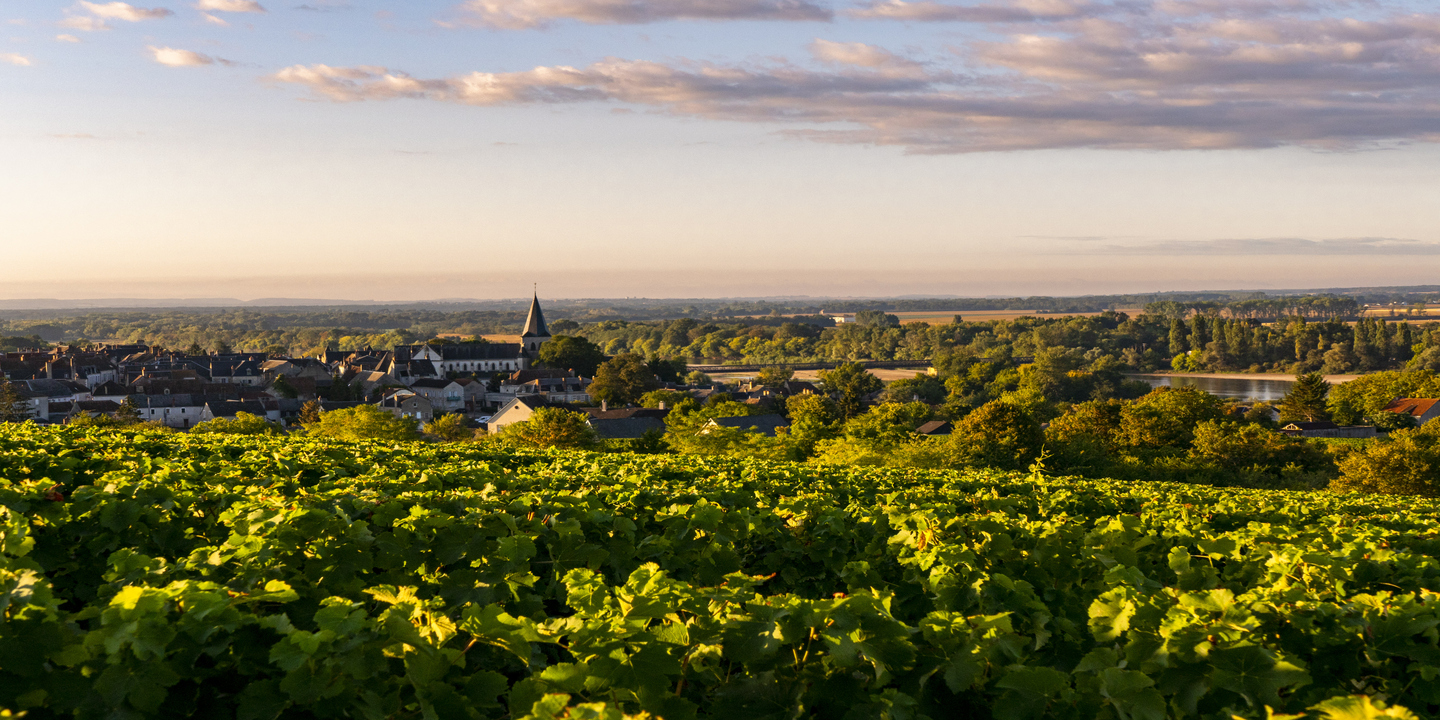

Centre-Loire
Quick Links:
Introduction
The Heart of France
In The Heart of France sitting at the geographical centre of the country, you’ll find picturesque hilltop villages like Sancerre, surrounded by vineyards. This region, the Centre-Loire, has nurtured a viticultural tradition spanning 2000 years; and today Sauvignon Blanc reigns supreme. Its diverse expressions, from mineral and smoky to fruit forward and fresh, are shaped by the region’s varied terroirs, which range from flint and limestone to clay.
Elegant and crisp Pinot Noir and other varieties also thrive. These wines, celebrated for their freshness and finesse, have a legacy of family-run artisanal traditions that have inspired producers around the world.
Fun Fact! The Centre-Loire surrounds the exact center point of France and the exact center point of the Loire River! The bridge at Pouilly-sur-Loire spans the Loire River exactly halfway: 496 km (308 miles) from the river's source and 496 km from its mouth.
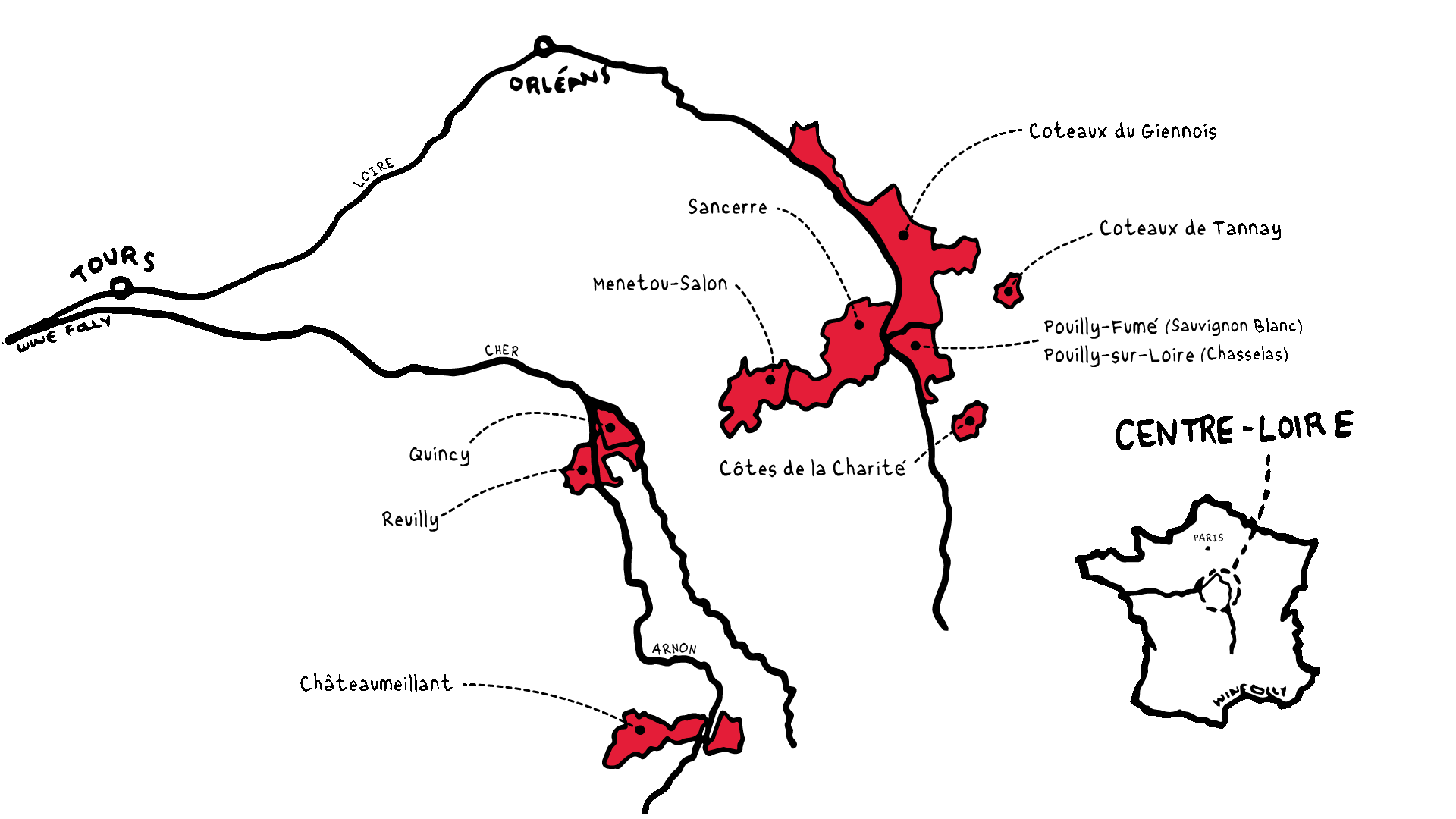
Fun Facts
Sauvignon Blanc is King
81% Sauvignon Blanc
Sauvignon Blanc makes up 81% of Centre-Loire wine.15,000 Acres
A total of 15,000 acres (6086 hectares) of vineyards.36% Organic/Biodynamic
36% of vineyards are Organic or Biodynamic.700+ Growers
More than 700 grape growers call Centre-Loire home.10 Appellations
10 Appellations sit in Centre-Loire (8 AOCs and 2 IGPs)85/15/5% Split
85% of the wines are white, 15% are red, and 5% are rosé.
Wines to Explore
Terroir Driven Elegance
Centre-Loire wines are crisp and mineral-led; each variety offers a unique expression of the region's diverse soils.
Four main soil types can be found: Flint (silex), which can add smokiness; Marl-Limestone which gives structure and weight to wines; Limestone, which creates lean yet refreshing wines; and Sand, which creates fruit forward wines.

Primary
Centre-Loire Grapes
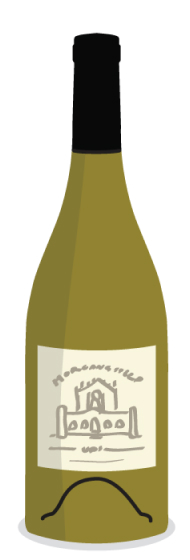
Sauvignon Blanc
Light-Bodied White Wine
Sauvignon Blanc is the most planted grape in Centre-Loire, representing over 80% of the vineyard surface area. Sauvignon Blanc in Centre-Loire is primarily cultivated in unoaked, single-varietal, dry styles, highlighting the grape's intrinsic freshness and finesse. The soil type plays a crucial role in flavor development: clay-limestone soils enhance vivacity and freshness, flint soils contribute mineral notes and elegance, while sands and gravels foster a fruity vibrancy.






Pinot Noir
Light-Bodied Red Wine & Rosé
Pinot Noir, the second most planted grape in Centre-Loire, comprises 16% of the vineyard area. This variety offers a range of styles from light, fruity, unoaked wines to more structured, delicately oaked versions. The region also produces dry, food-friendly rosés characterized by their delicate pink hue. Often found in clay-limestone soils, Pinot Noir from the Centre-Loire exemplifies the region’s distinctive finesse and elegance.


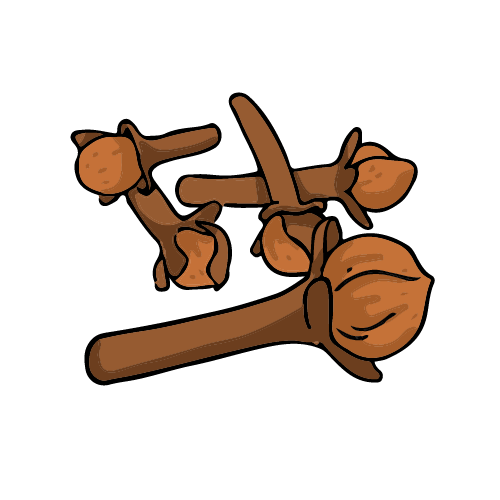



Gamay
Light-Bodied Red Wine & Rosé
Gamay represents just over 1% of the vineyard plantings in Centre-Loire. Gamay can be blended with Pinot Noir to create fresh, approachable, and fruit-forward red wines that are known for their elegance and easy-drinking style. These red wines are found in Coteaux du Giennois and Châteaumeillant. Gamay and Pinot Noir are also blended to produce very pale rosés known as "vin gris", particularly notable in Châteaumeillant.
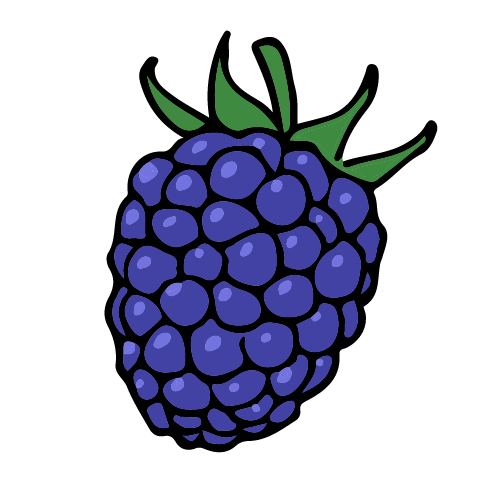




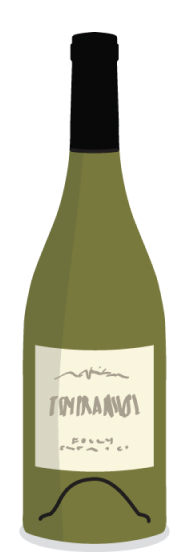
Pinot Gris
Rosé
Accounting for just over 1% of the vineyard plantings in Centre-Loire, Pinot Gris is used to make rosé wines in the regions of Reuilly and Châteaumeillant. It is noted for its pale pink color and refreshing, dry style. These wines are unoaked and food-friendly, making them a delightful choice for various culinary pairings.






Chasselas
Light-Bodied White Wine
A rare grape, comprising less than 1% of the vineyard plantings in Centre-Loire and originally from Switzerland, is exclusively used in Pouilly-sur-Loire. This grape is cherished for its fruity flavors and delicate nature. Typically unoaked and dry, Chasselas wines are noted for their high acidity, making them both crisp and refreshing.





Selected
Centre-Loire Wines
Wine Regions
A Family of Terroirs
With over 15,000 acres of grapes in the Loire and Cher valleys, Centre-Loire is home to 8 Appellations d'Origine Contrôlée (AOCs) and 2 Indications Géographique Protégée (IGPs).
Sancerre
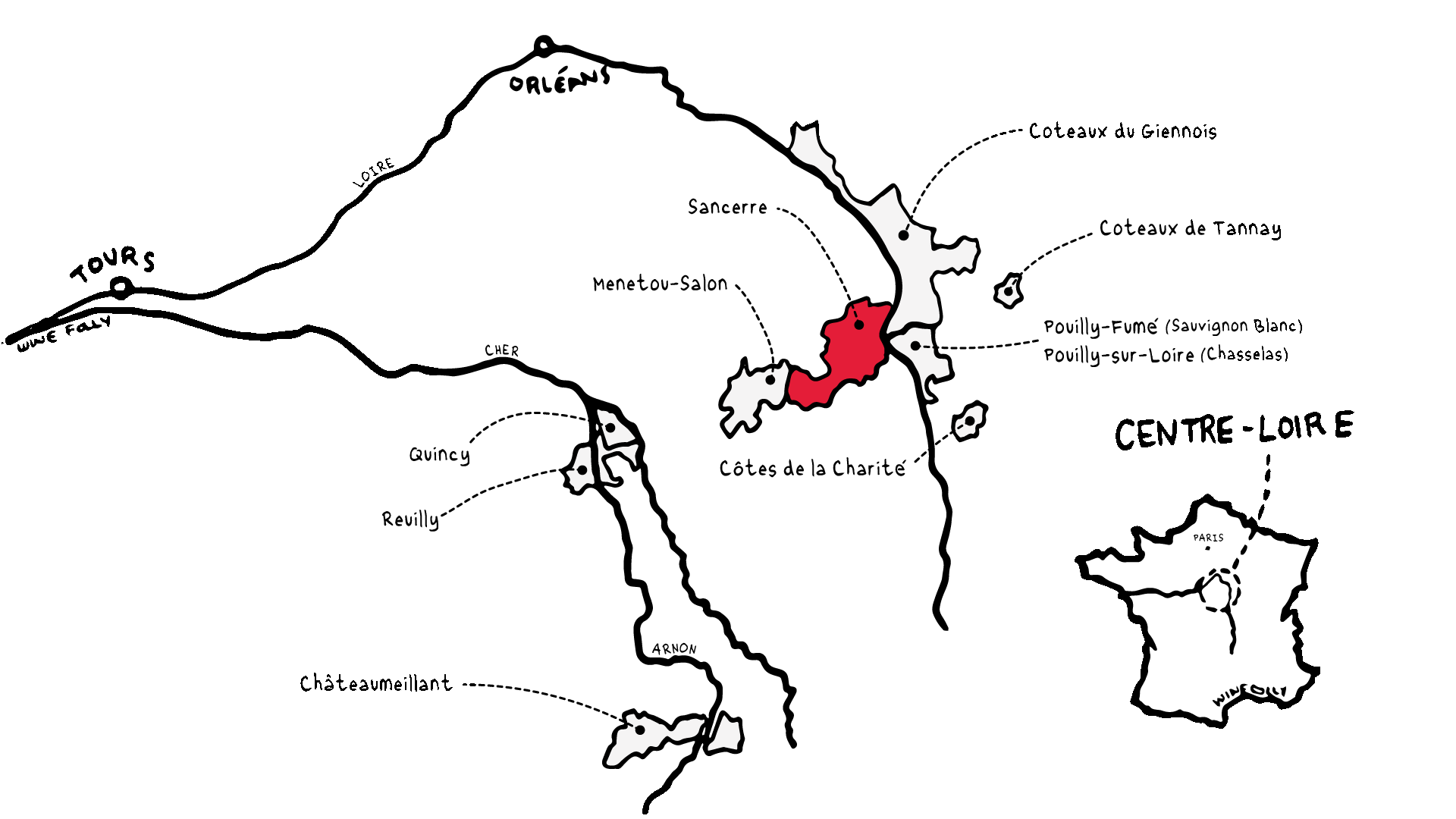
Dominated by Sauvignon Blanc (82%), Sancerre produces dry, elegant white wines celebrated for their crispness and quality. Nestled along the left bank of the Loire, Sancerre covers 3,000 hectares (7430 acres). The three main soils are Terres blanches, made of limestone and clay (structured age-worthy wines), Caillottes, small limestone pebbles (aromatic, fruity wines), and Silex, which are flinty (smoky, mineral wines). The best can age for 10-15 years. Perfumed light-bodied red and rosé wines are also made here from Pinot Noir.
Pouilly-Fumé
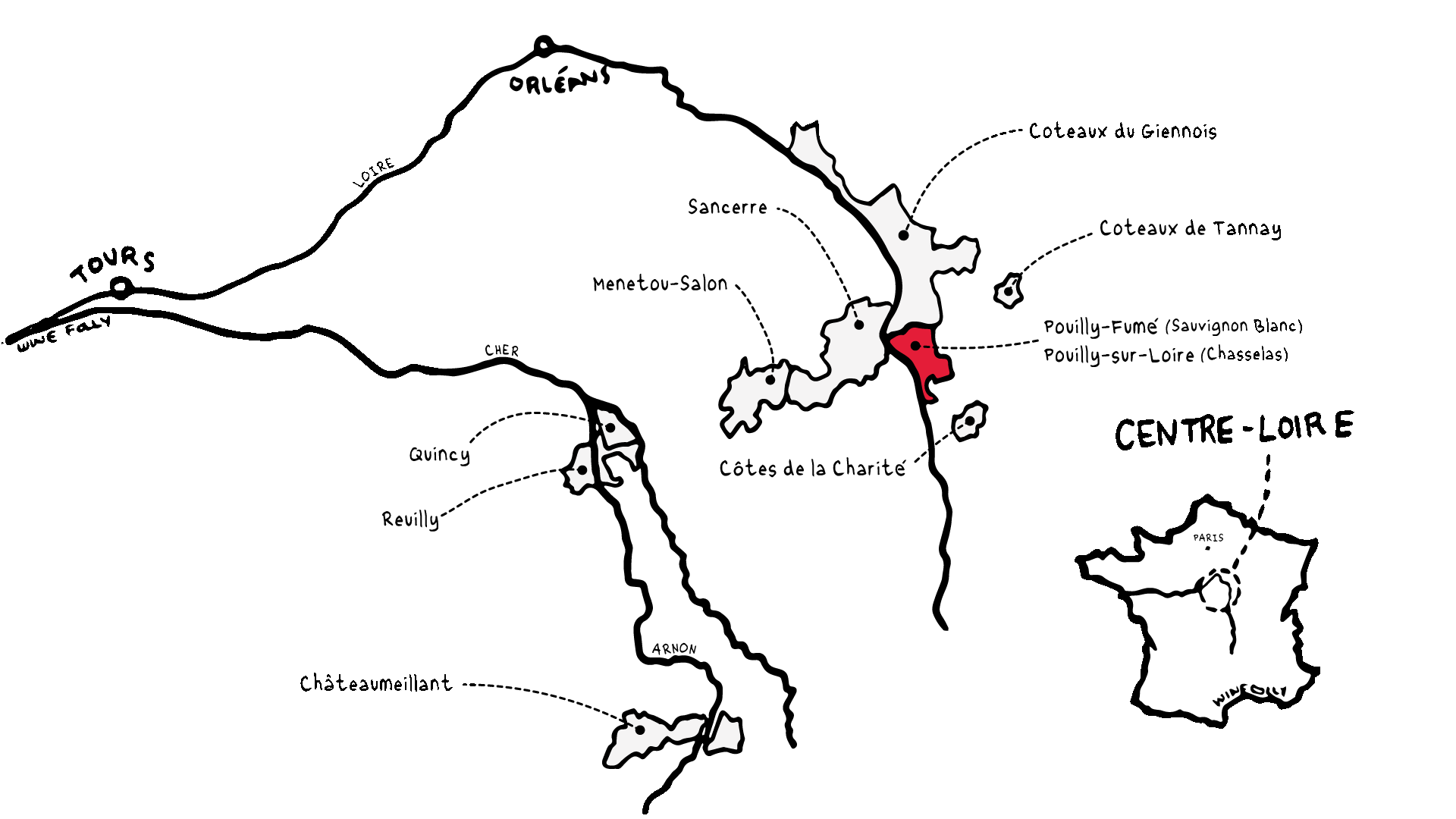
Sitting across the Loire river from Sancerre on the right bank, Pouilly-Fumé is a bastion of Sauvignon Blanc, accounting for 98% of its 1379 hectares (3400 acres). Viticulture here dates back to the 5th century and flourished under monks’ watchful eyes from the 12th century. Similar in soil composition to Sancerre but with a greater presence of flint (Silex), Pouilly-Fumé is renowned for its dry, crisp, aromatic white wines that often exhibit a characteristic gun-flint aroma. These wines are delightful in their youth yet also possess excellent aging potential.
Pouilly-sur-Loire
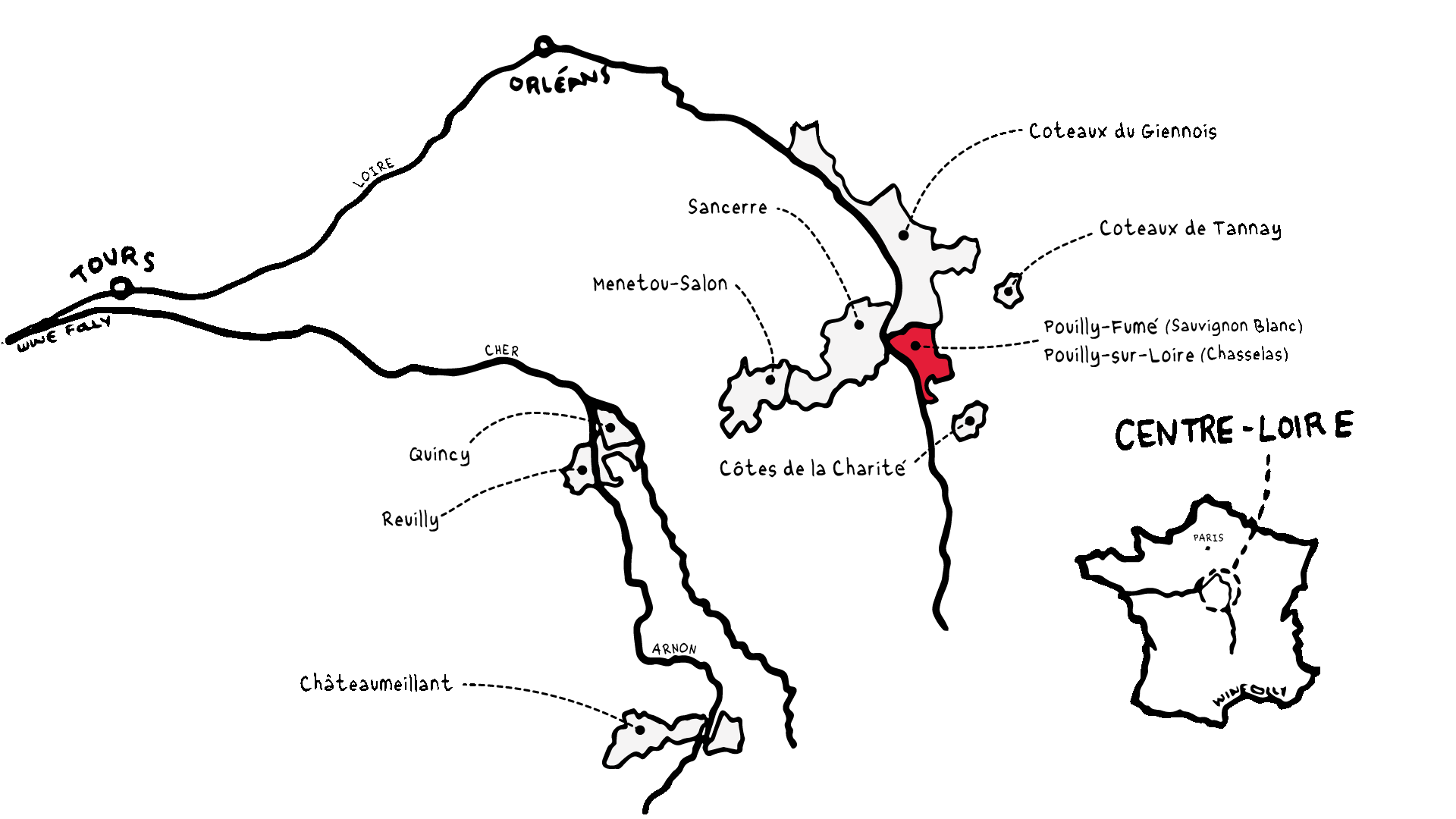
Located across the Loire River from Sancerre, Pouilly-sur-Loire shares the same geographic footprint as Pouilly-Fumé but stands out with its rare production of Chasselas wines. Covering only 2% of the area's 1379 hectares (3400 acres), Chasselas vines are a unique feature in this predominantly Sauvignon Blanc region, making wines labeled under the Pouilly-sur-Loire appellation quite scarce. These dry white wines are light, crisp, and fruity.
Menetou-Salon
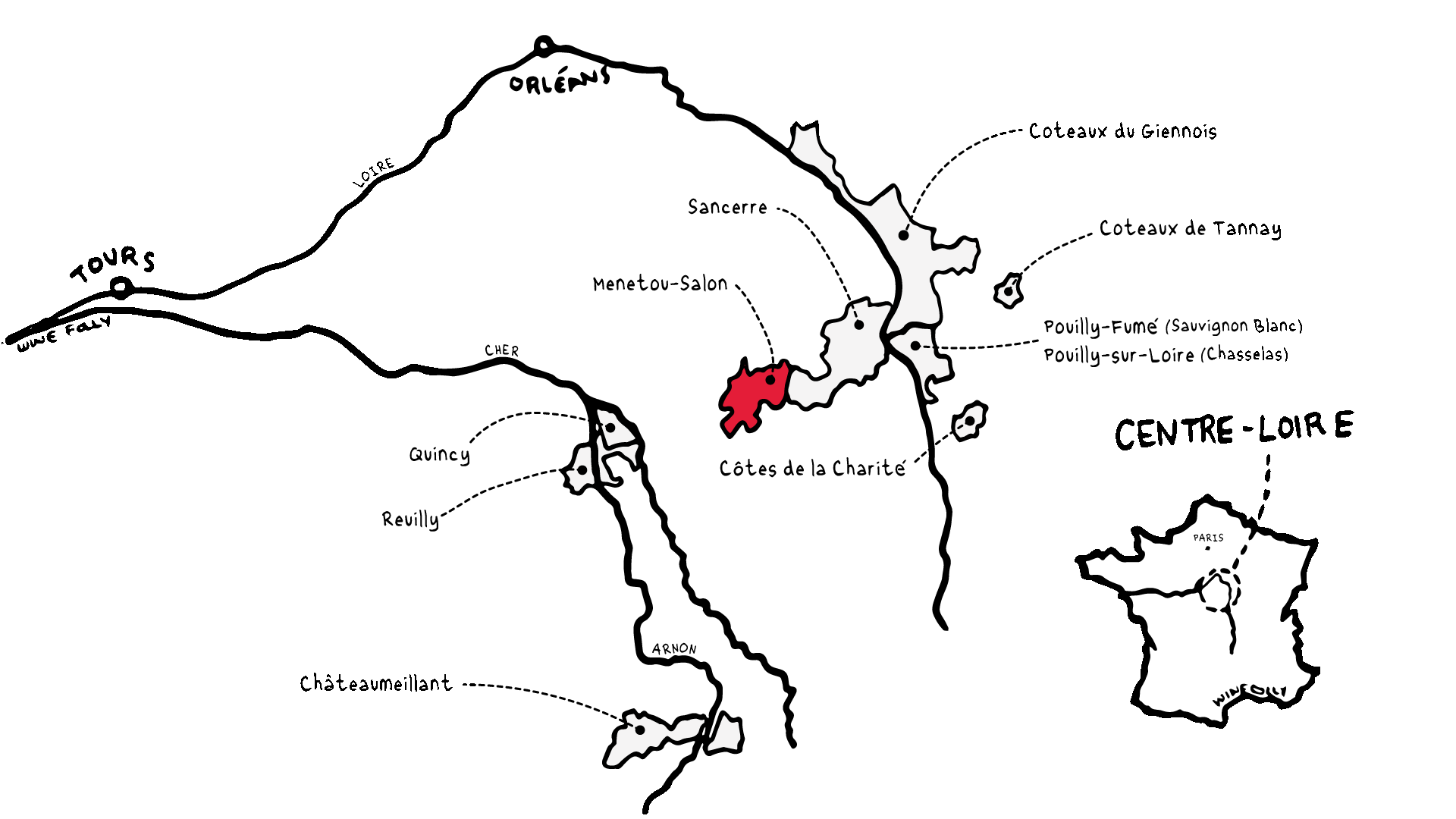
Menetou-Salon, located just west of Sancerre, mirrors its neighbor in producing mineral-driven Sauvignon Blanc and light, savory Pinot Noir. Covering 73% and 27% of the vineyards respectively, these grapes thrive in soils that include Kimmeridgian Marl, similar to those found in Chablis. This contributes a characteristic mineral freshness to the appellation's wines.
Quincy
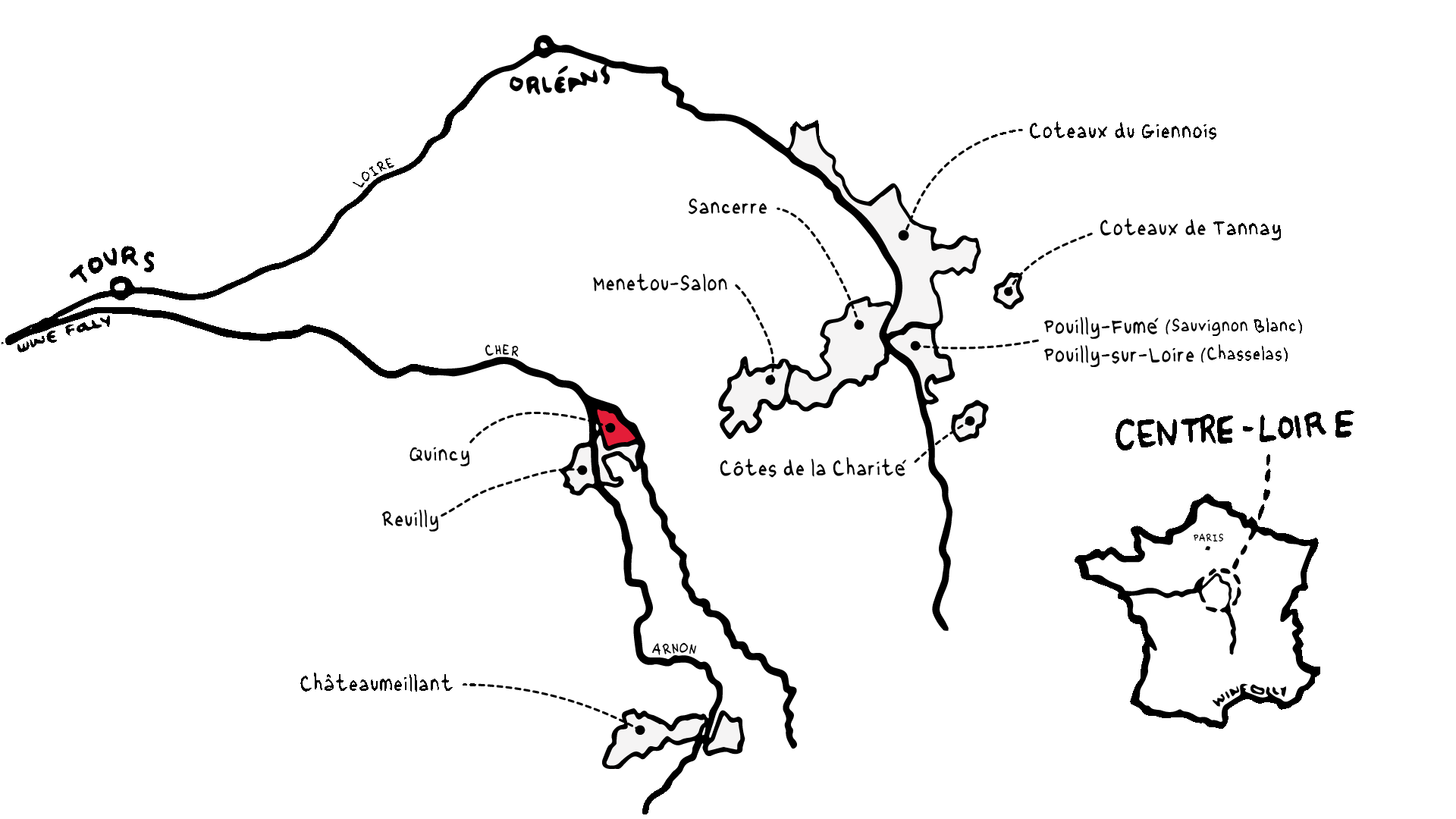
This appellation is uniquely planted with 100% Sauvignon Blanc. Positioned on a plateau over the Cher River Valley, Quincy spans just 330 hectares (790 acres). The climate is dry with warm summers, and the sandy soils help produce white wines with a fruit forward style. Ripe grapefruit as well as notes of menthol and white flowers are often found.
Reuilly
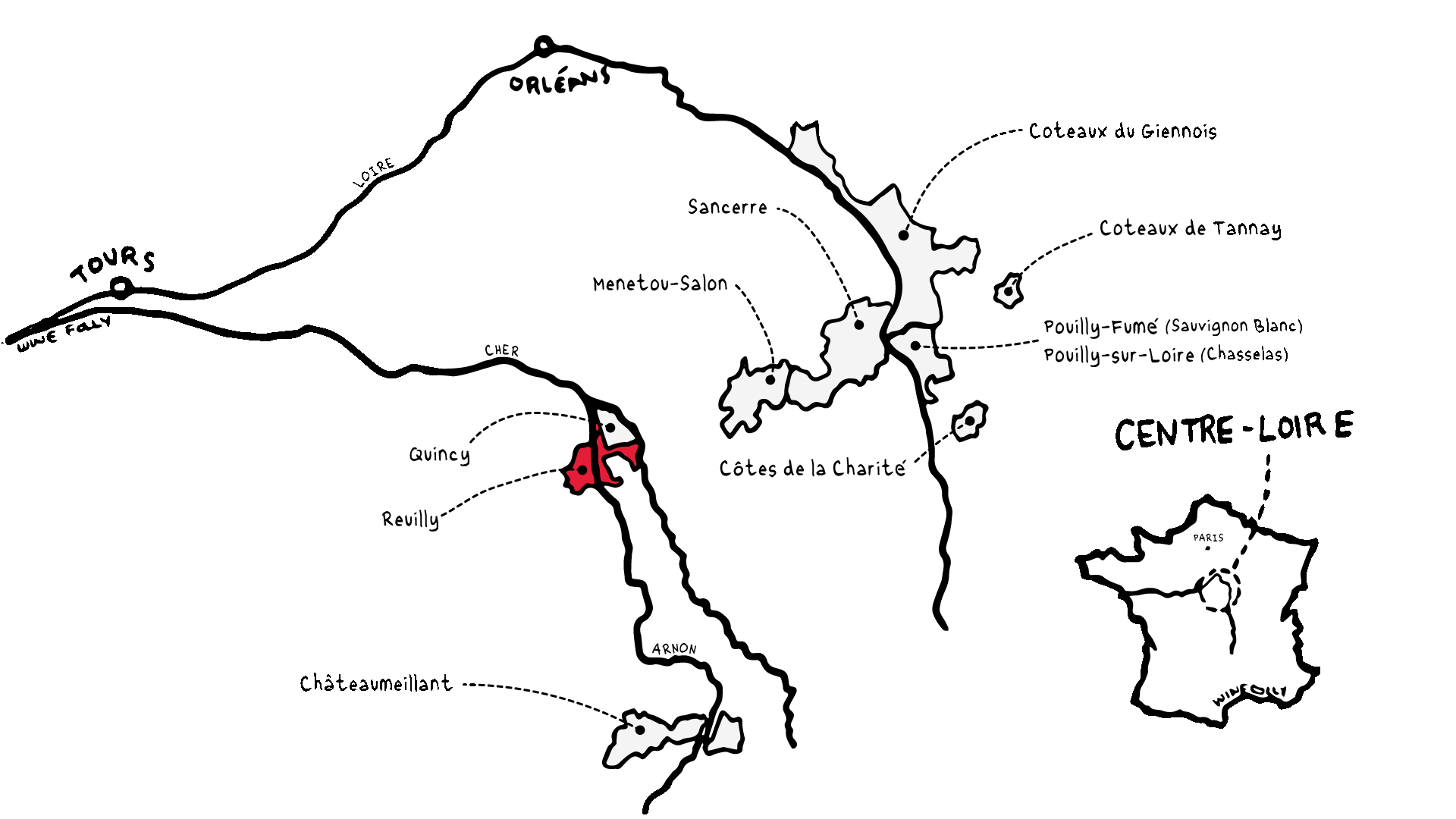
Sauvignon Blanc reigns here with over half of its production dedicated to dry, fresh, fruity white wines. Additionally, the appellation produces rosé, primarily from Pinot Gris known for its dryness and delicate, pale pink color, and light, fleshy reds made from Pinot Noir. Found west of Quincy in the Cher Valley, Reuilly covers 300 hectares (740 acres).
Coteaux du Giennois
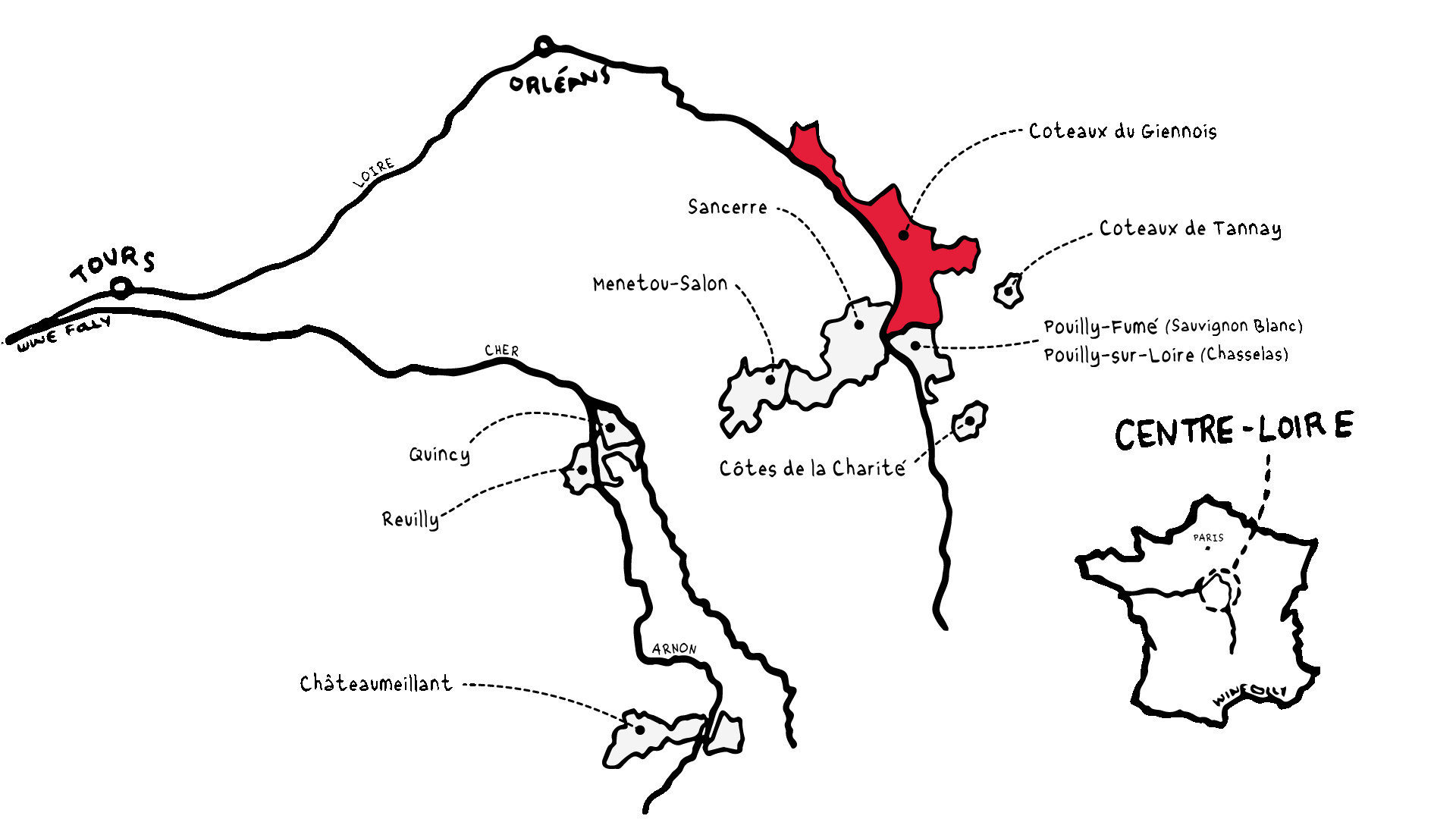
Spanning 200 hectares (495 acres) along the Loire River, Coteaux du Giennois is known for its flinty Sauvignon Blanc. Two-thirds of its vines are Sauvignon Blanc, producing mineral-rich wines akin to those from nearby Pouilly-Fumé. The appellation also crafts reds, about 25% of production, blending Pinot Noir and Gamay for light, fruity wines with distinct violet and cherry notes.
Châteaumeillant
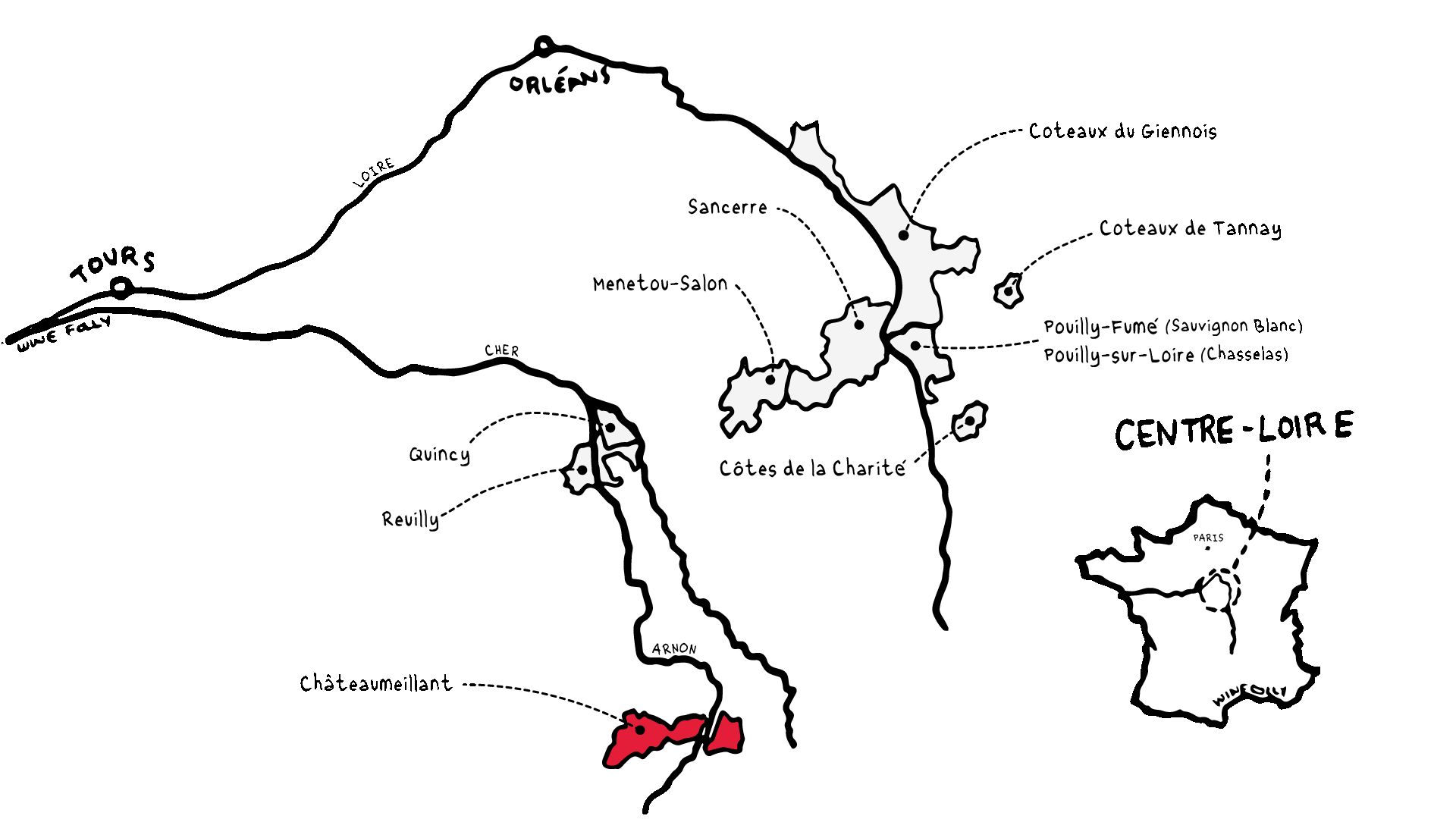
Châteaumeillant spans just 60 hectares (148 acres) and is the only appellation in Centre-Loire to be all about red grapes. Planted with 70% Gamay and 30% Pinot Noir, it’s renowned for its vin gris, a super pale, peach-noted rosé made from Gamay. Châteaumeillant also produces aromatic and fruity reds that showcase its unique volcanic soils - these soils are derived from the Massif Central, which contains dormant volcanoes.
Côtes de la Charité
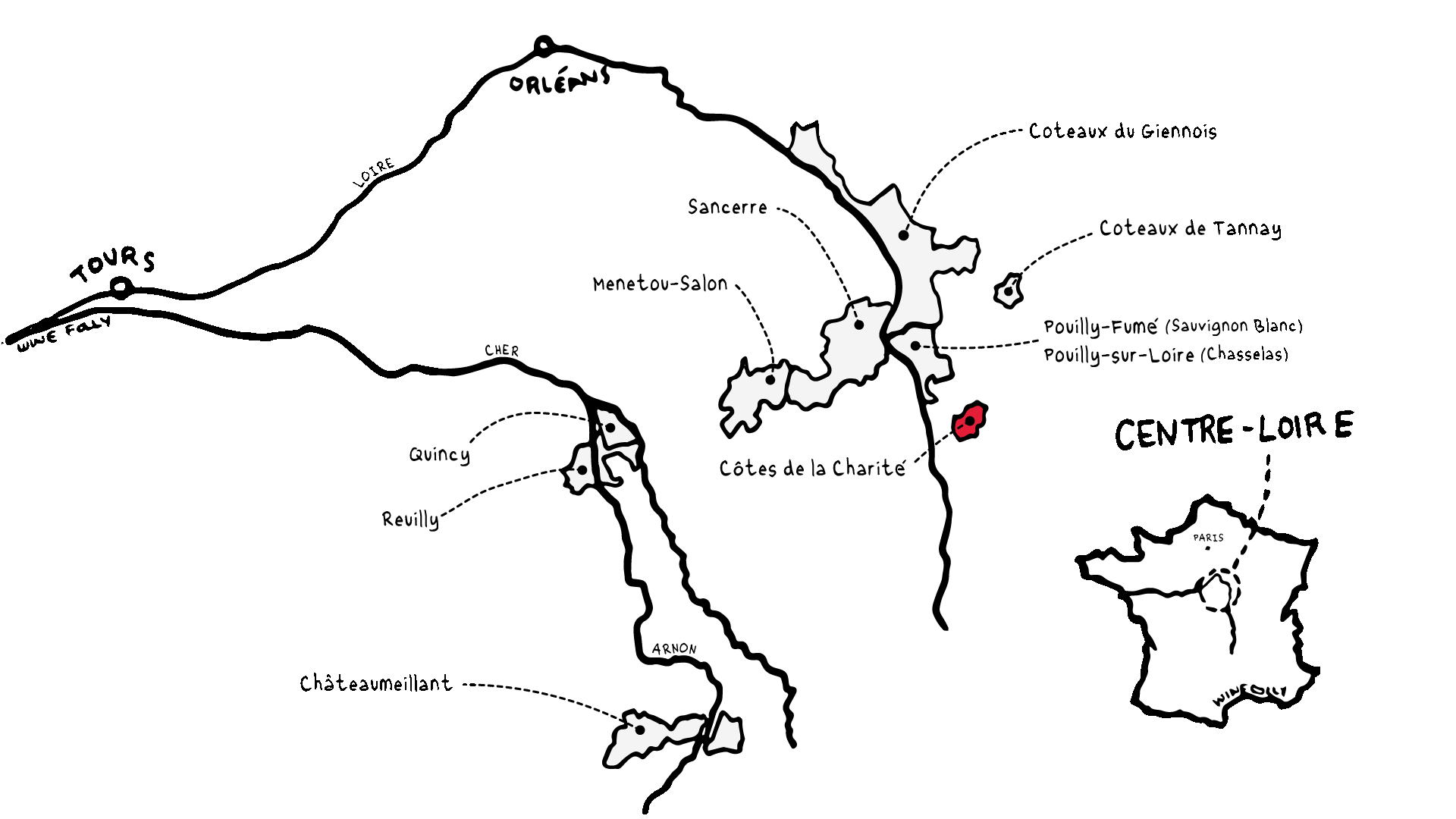
Côtes de la Charité, one of two regional IGPs, specializes in white wines, comprising over 50% of its production. These are primarily made from Pinot Gris and Chardonnay, noted for their floral nose and buttery, dried fruit notes. The IGP also produces reds, about 40% of the total, mainly from Pinot Noir, known for their finesse.
Coteaux de Tannay
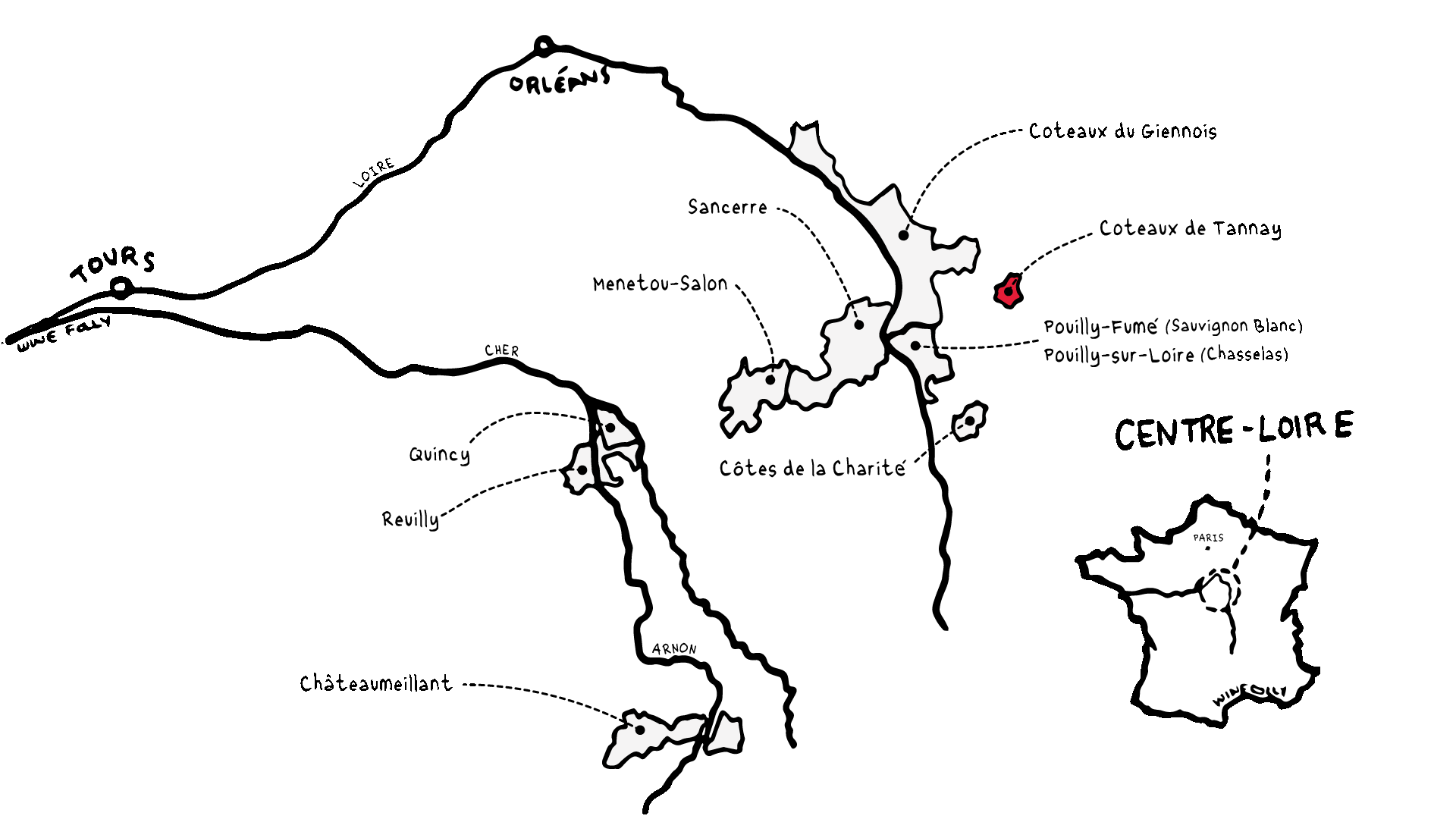
Spanning just 25 hectares (62 acres), Coteaux de Tannay primarily focuses on white wines, which make up 76% of production. These whites, from varieties like Chardonnay, Melon de Bourgogne, and Pinot Gris, are noted for their lively minerality and roundness. The reds, from Pinot Noir and Gamay, offer spicy notes and a supple structure, while the rosés are praised for their fruity and floral aromas.









